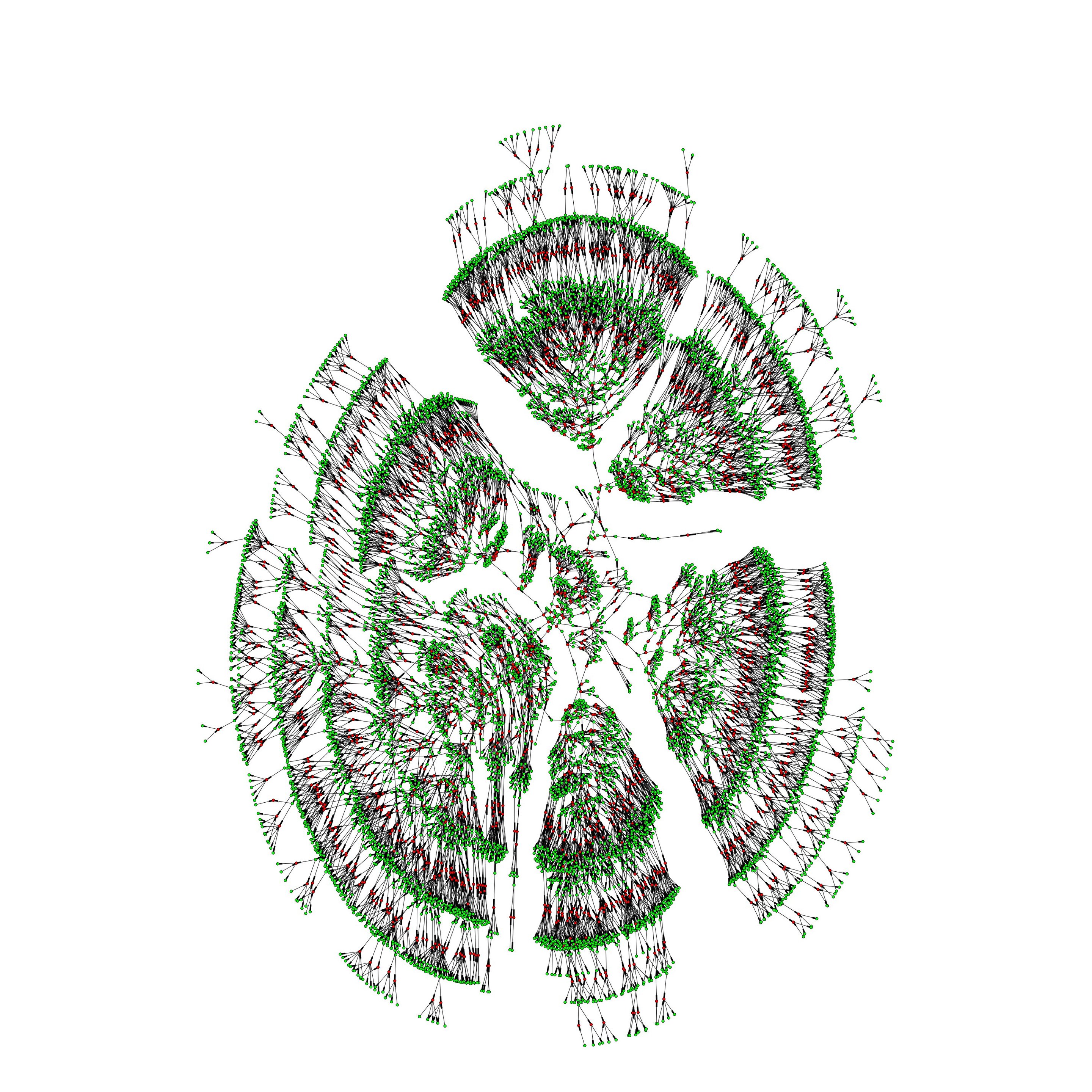JimBowie1958
Old Fogey
- Sep 25, 2011
- 63,590
- 16,756
- 2,220
This is already reported from prior studies, but this one is more recent and confirms earlier results.
Crowdsourced family tree yields new insights about humanity

Crowdsourced family tree yields new insights about humanity
The researchers downloaded 86 million public profiles from Geni.com, one of the world's largest collaborative genealogy websites, and used mathematical graph theory to clean and organize the data. What emerged among other smaller family trees was a single tree of 13 million people spanning an average of 11 generations. Theoretically, they'd need to go back another 65 generations to converge on one common ancestor and complete the tree. Still, the dataset represents a milestone by moving family-history searches from newspaper obituaries and church archives into the digital era, making population-level investigations possible. The researchers also make it easy to overlay other datasets to study a range of socioeconomic trends at scale...
"The reconstructed pedigrees show that we are all related to each other," said Peter Visscher, a quantitative geneticist at University of Queensland who was not involved in the study. "This fact is known from basic population history principles, but what the authors have achieved is still very impressive."
"The reconstructed pedigrees show that we are all related to each other," said Peter Visscher, a quantitative geneticist at University of Queensland who was not involved in the study. "This fact is known from basic population history principles, but what the authors have achieved is still very impressive."




